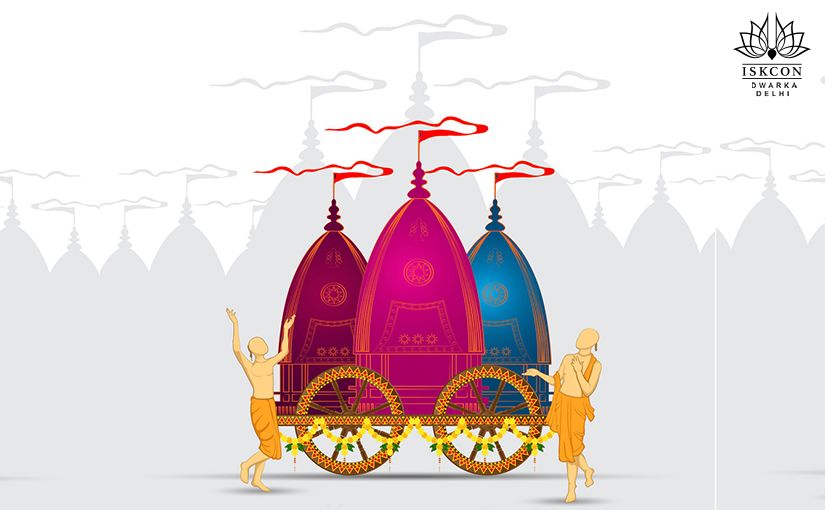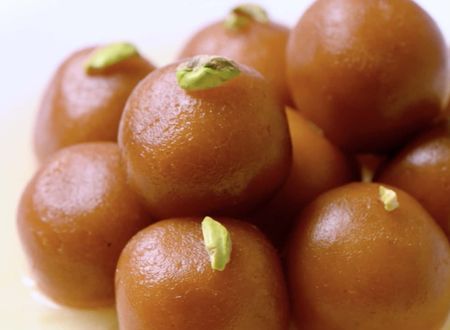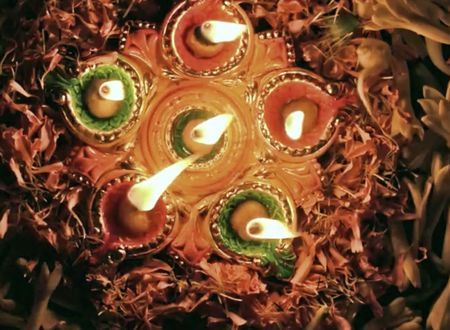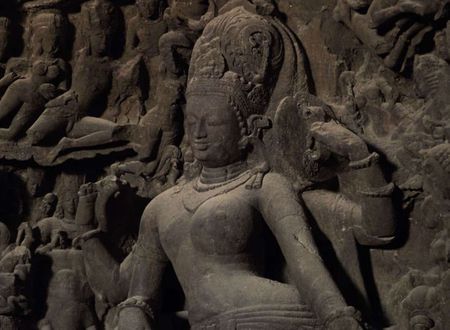Festivals are an expressive way to celebrate glorious heritage, culture and traditions. They are events where we spend time with our loved ones, take a pause and celebrate life, relax and unwind but there is a deeper layer attached to the festivals. They also reflect the deep embedded philosophy and way of life in any society.
Today marks the auspicious beginning of one of the most famous festivals in Odisha, India. The festival is observed on the Dwitiya tithe of the Ashadha month which coincides with the second day of Gupta Navaratri. The festival is known as Ratha Yatra where the principal deity of the area, Lord Jagganatha, along with his brother Lord Balabadhra, and Goddess Subhadra travel to their aunt’s place for seven days and come back on the eighth day to the Jagganatha temple. The newly built chariot is prepared every year with sixteen wheels for Lord Jaggananatha, fourteen wheels for Lord Balabhadra, and twelve wheels for Goddess Subhadra.
The word Jagannaatha means the lord of the universe. He represents the self that dwells within all of us and pervades everywhere.
The chariot of the lord is our own body. We all are the chariots of Lord Jaganaatha. Yes, Each one of us. There are three chariots respectively signifying gross body, subtle body, and causal body. Lord in the form of consciousness pervades each of these bodies.
The wheels are the supports that help the chariot in moving. We all have those support that helps us in proper functioning and in the movement of these bodies.
Stage One:
The twelve wheels of the chariot signify the five sense organs (hearing, sight, touch, taste, and smell), five action organs (mouth, feet, hands, genitals, and anus), Tanmatras (unmanifested subtle elements), Antahakarana (mental equipment).
At this stage, a seeker realises that he is not just a mass of matter but there is vital force in form of Tanmatras and mind that helps running this body.
Stage Two:
The fourteen wheels of the chariots represent a more detailed version of the same wheels. It includes five sense organs (hearing, sight, touch, taste, and smell), five action organs (mouth, feet, hands, genitals, and anus), Tanmatras (unmanifested subtle elements) but here Antahakrana( mental equipment) are further divided into three (mind, intellect, and ego).
Here, the seeker realises that ego is different than mind and intellect and can tame the mind by using one’s will power.
Stage Three:
The sixteen wheels of the chariots represent the most detailed version of the same wheels. The fifteen wheels include five sense organs (hearing, sight, touch, taste, and smell), five action organs (mouth, feet, hands, genitals, and anus), Tanmatras (unmanifested subtle elements) but here Antahakrana(mental equipment) gets revealed as four (as mind, intellect, chitta, and ego). The sixteenth wheel in the form of the divine self also gets revealed.
At last, the seeker realizes that thoughts for both intellect and mind is actually coming from the chitta(memory of old latent thoughts in form of mental tendencies)and is not actually controlled by ego. He understands that ego is the false self. He offers all the fifteen components to the sixteenth principle of divinity within and asks him to take over.
The 7 days of the journey signify the 7 planes of existence we all have to cross to complete the spiritual journey.
May Lord Jaganaatha grace us all so that we may reach his lotus feet in this lifetime alone.
All glories to Swami Ji alone.









Comments & Discussion
13 COMMENTS
Please login to read members' comments and participate in the discussion.